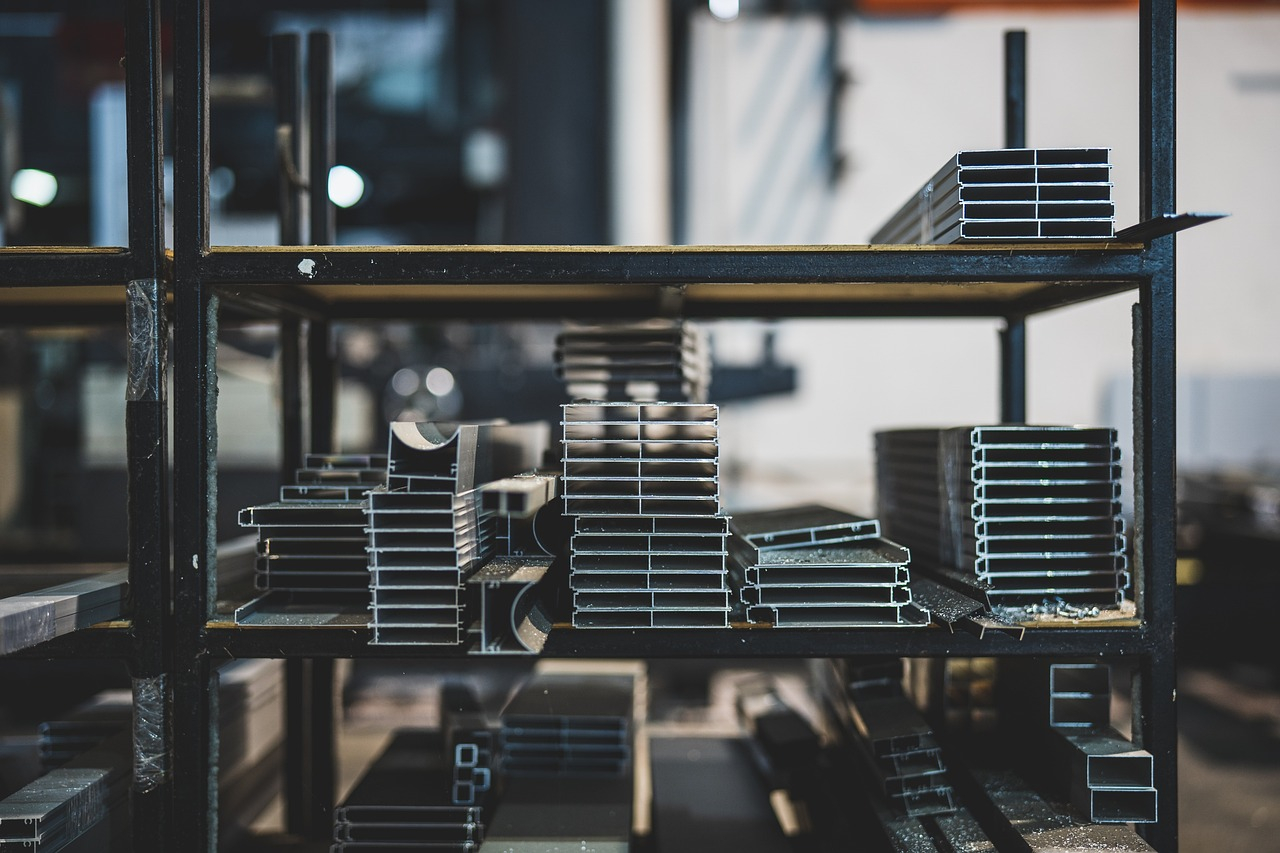Key challenges in stainless steel supply chain
One of the primary challenges in the stainless steel supply chain is the volatility of raw material prices. The cost of nickel, chromium, and iron ore can fluctuate significantly, affecting the overall production costs. These price changes can be due to geopolitical factors, changes in demand, or supply disruptions.
Another challenge is maintaining the quality of stainless steel throughout the supply chain. From extraction to delivery, each stage must adhere to strict quality standards to ensure the final product meets industry specifications. This requires rigorous testing and quality control measures at every step of the process.
Logistical issues also pose significant challenges. The transportation of raw materials and finished products needs to be efficiently managed to avoid delays and additional costs. This includes navigating customs regulations, coordinating with multiple carriers, and handling unexpected disruptions such as natural disasters or political unrest.
Strategies for optimizing stainless steel supply chain
To overcome these challenges, companies need to adopt strategic approaches to optimize their supply chain. One effective strategy is diversifying suppliers. By sourcing raw materials from multiple suppliers, companies can reduce the risk of supply disruptions and gain more negotiating power on prices.
Implementing advanced technologies such as blockchain and IoT can also enhance supply chain transparency and efficiency. These technologies provide real-time tracking of materials and products, ensuring better coordination and timely delivery. They also help in detecting and addressing quality issues promptly.
Collaboration with stakeholders across the supply chain is another crucial strategy. Building strong relationships with suppliers, logistics providers, and customers can lead to better communication and cooperation. This collaborative approach can result in more efficient processes, cost savings, and improved overall performance.
The role of sustainability in stainless steel supply chain
Sustainability has become a significant focus in the stainless steel supply chain. Companies are increasingly adopting eco-friendly practices to reduce their environmental impact. This includes using recycled materials, implementing energy-efficient manufacturing processes, and minimizing waste.
Moreover, sustainability in the supply chain involves ensuring fair labor practices and ethical sourcing of raw materials. Companies are now more accountable for the social and environmental implications of their supply chains. This is driven by both regulatory requirements and consumer demand for sustainable products.
Adopting sustainable practices not only helps in protecting the environment but also enhances the company’s reputation and competitiveness. It can lead to cost savings through improved efficiency and reduced waste. Additionally, it aligns with global sustainability goals and can attract environmentally conscious customers.
The impact of digital transformation on stainless steel supply chain
Digital transformation is revolutionizing the stainless steel supply chain. Technologies such as AI, big data, and machine learning are being integrated to enhance various aspects of the supply chain. These technologies enable better demand forecasting, inventory management, and process optimization.
AI-powered analytics can predict market trends and customer demands more accurately, helping companies to plan production and inventory accordingly. This reduces the risk of overproduction or stockouts, leading to better resource utilization and cost savings.
Big data provides insights into every stage of the supply chain, from raw material procurement to final product delivery. By analyzing this data, companies can identify bottlenecks, inefficiencies, and areas for improvement. This data-driven approach leads to more informed decision-making and enhanced supply chain performance.
Future trends in stainless steel supply chain management
The future of stainless steel supply chain management is likely to be shaped by advancements in technology and sustainability initiatives. One emerging trend is the use of smart contracts powered by blockchain technology. These contracts automate transactions and ensure transparency, reducing the risk of fraud and disputes.
Another trend is the increasing adoption of circular economy principles. This involves designing products for longevity, reuse, and recycling. In the stainless steel industry, this means creating products that can be easily recycled at the end of their life cycle, reducing the demand for new raw materials.
Automation and robotics are also expected to play a significant role in the future supply chain. Automated systems can streamline manufacturing and logistics processes, increasing efficiency and reducing human error. These technologies can handle repetitive tasks, allowing human workers to focus on more complex and strategic activities - https://rollsteel.eu.
Conclusion: enhancing supply chain resilience
Enhancing the resilience of the stainless steel supply chain is essential for navigating future challenges. This involves adopting flexible and adaptable strategies that can withstand disruptions and changing market conditions. Building a resilient supply chain ensures business continuity and long-term success.
Investing in technology and innovation is a critical component of building a resilient supply chain. Advanced technologies provide the tools needed to monitor, analyze, and optimize every aspect of the supply chain. They enable companies to respond swiftly to changes and make data-driven decisions.
Finally, fostering collaboration and strong relationships with all stakeholders in the supply chain is vital. A collaborative approach enhances communication, trust, and cooperation, leading to more efficient and effective supply chain management. By focusing on these key areas, companies can ensure the robustness and reliability of their stainless steel supply chain.

